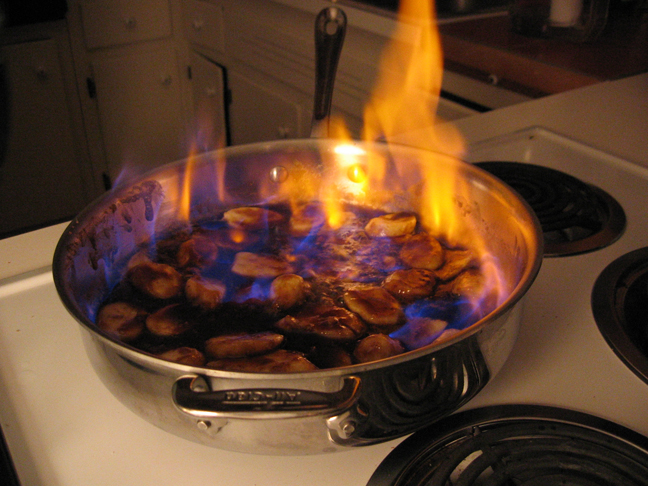Last week, we began our look at Major League Baseball players from Louisiana. We started by looking at hitters and we’re going to conclude our examination this week by looking at pitchers. Instead of just listing some cool facts about the players, we’re going to do things a little differently this week. We’re going to build a pitching staff consisting of Louisiana pitchers--five starters and three relievers. Let's get to it.
The Starting Rotation
Throws
|
Name
|
W
|
L
|
ERA
|
K%
|
WAR
|
Hometown
|
RHP
|
Ted Lyons
|
260
|
230
|
3.67
|
6%
|
67.6
|
Lake Charles
|
LHP
|
Andy Pettitte
|
256
|
153
|
3.85
|
17.4%
|
60.7
|
Baton Rouge
|
LHP
|
Chuck Finley
|
200
|
173
|
3.85
|
19.1%
|
58.5
|
Monroe
|
LHP
|
Ron Guidry
|
170
|
91
|
3.29
|
18.2%
|
48.2
|
Lafayette
|
Vida Blue
|
209
|
161
|
3.27
|
15.7%
|
45.2
|
Mansfield
|
At the top of our all-Louisiana rotation we have Ted “Sunday Teddy” Lyons. Born in 1900 in Lake Charles, Lyons played his entire 21 year career for the Chicago White Sox of the American League. Lyons is the White Sox career leader in wins and was elected to the Baseball Hall of Fame in 1955.
Throughout his career with the New York Yankees and Houston Astros, Andy Pettitte won five World Series titles with the Yankees and is the MLB all-time career leader in postseason wins with 19. He made three All-Star teams and had his number 46 retired by New York in 2015. In 2008, Pettitte admitted to using HGH, a performance enhancing drug, after being named in the Mitchell Report, MLB’s investigation into steroid use in baseball.
A native of Monroe, Chuck Finley spent the bulk of his career pitching for the then-California Angels. A powerful left-handed starter, Finley played his college baseball at Louisiana Tech in Ruston and then at Northeast Louisiana University (now UL-Monroe). The Angels drafted him in the first round of the 1985 amateur draft. Throughout his lengthy career, Finley won 200 games, struck out 2,610 hitters, and is the Angels career leader in wins, innings pitched, and games started.
 |
| Ron Guidry on the mound |
Louisiana seems to be particularly adept at developing left-handed starters. Ron Guidry, like Pettitte, pitched the bulk of his career for the New York Yankees. Nicknamed “Louisiana Lightning” Guidry attended UL-Lafayette and was drafted by the Yankees in 1971. Guidry won the American League Cy Young Award in 1978 as he anchored a Yankees pitching staff that won its second consecutive World Series. Guidry pitched for the Yankees until he retired in 1985 and had a brief run as the Yankees pitching coach from 2006-2007.
Rounding out the rotation is one of baseball’s best players—at least by name—Vida Blue. The Mansfield, Louisiana native played high school football and baseball. During his senior season he threw for 3,400 yards and 35 touchdowns. He also added another 1,400 yards on the ground. As a pitcher, Blue threw a no-hitter and struck out every batter he faced in a 7 inning game. He signed a deal with Oakland A’s after completing high school. In 1971, Blue accomplished the rare feat of winning both the AL Cy Young Award—given to the best pitcher—and the AL Most Valuable Player award. During his career with the A’s, Blue won three World Series and had a contentious relationship with A’s owner Charlie Finley, who routinely got in contract disputes with his players and even sued the commissioner of baseball.
Relievers
Throws
|
Name
|
Saves
|
ERA
|
K%
|
WAR
|
Hometown
|
RHP
|
Lee Smith
|
478
|
3.03
|
23.2%
|
29.4
|
Jamestown
|
RHP
|
Jonathan Papelbon
|
368
|
2.44
|
27.5%
|
23.5
|
Baton Rouge
|
LHP
|
B.J. Ryan
|
117
|
3.37
|
27.5%
|
11.5
|
Bossier City
|
Lee Smith had a 17 year career where he played for eight teams. He grew up in Jamestown, a small town in North Louisiana, and the Cubs drafted him in 1975. The six foot six inch, 265 pound pitcher was an intimidating presence on the mound as he routinely threw his fastball at 95 miles per hour. He played on 7 All-Star teams, won the Rolaids Relief Man Award three times, and led the league in saves four times. From 1993-2006, Smith was the all-time leader in saves.
 |
| Papelbon liked to yell at people--umpires included |
Jonathan Papelbon, a Baton Rouge native, was drafted by the Boston Red Sox in the 4thround of the 2003 draft. He reached the majors in 2005 and played for the Red Sox until 2011. During his time in Boston, Papelbon paired a dominant fastball and off-speed pitch to become an effective closer. He also developed a reputation as a jerk. After winning the World Series in 2007, he gave the World Series clinching ball to his dog—who ate it. Later in his career, he intentionally threw at hitters and got into fights with his teammates in the dugout.
B.J. Ryan began his career as a left-handed specialist for the Cincinnati Reds. He initially struggled against right-handed hitters relegating him to a short outings against left-handed batters. Over his career, Ryan gained better control over his pitches. Relying on a slider and fastball and a three-quarters slot delivery, Ryan pieced together a string of dominant seasons out of the bullpen. In his ten year career, Ryan pitched for the Reds, Baltimore Orioles, and Toronto Blue Jays.












